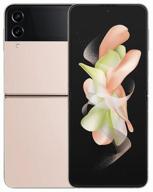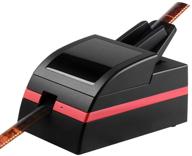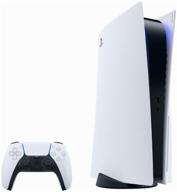
Review on Plustek OpticFilm 8100-35mm Negative Film/Slide Scanner with 7200 DPI and 48-bit Output: Bundle Silverfast SE Plus 8.8, Supports Mac and Windows by Athit Lordkaew ᠌

Excellent quality, absolutely not expected for such a price.
I scan through VueScan, there is no Silverfast, since I took the scanner used and without software. The technical capabilities of the scanner itself are excellent, everything else is limited by the scanning technique and software parameters when scanning. The best ratio of price and optical resolution. The situation is much worse with speed and convenience: the scanner is slow and everything is done manually, which forces you to scan immediately in good quality so as not to overscan. The scanner is best suited for 35mm BW film, for which the IR channel, which is absent in this model, is still useless. Things are worse with color, and although all my films are new and clean, there are still scratches. Then you have to retouch with your hands, which is a chore. Therefore, if you need to scan a lot of color (especially if these are old archives), then a more correct solution would be, for example, the 8200i model, which has an IR channel, but the real resolution is less - 3300 ppi. Reducing the resolution by 500 ppi will not fundamentally change anything, and IR cleaning will really save a lot of time and effort. My experience has shown that the difference between scanning at 3600 ppi at once and scanning at 7200 ppi and then resizing to 3600 is very small. And given the difference in speed by 2 times, it makes sense to scan at 7200 ppi only individual single frames, from which you want to squeeze the maximum. If you scan in non-stop mode (VueScan's auto-repeat feature) and with the right settings, you only need to keep moving the frame forward between scans. Then everything else is done after scanning, when the films are removed and there is no need to blow dust off them and wear gloves. If you buy a replacement frame (sold in sets of 2 at B&H), you can load it with the next strip of film while the last frame of the next one is being scanned. Then you can scan the entire film without interrupting the non-stop mode at all. In the process, you can read a book or watch a series, automatically moving the frame to the next frame, guided by the sound.
- Excellent scan quality - real optical resolution of 3800 ppi. Much better than flatbeds, which, however, scan medium (and sometimes large) format, and just a little less than the top Nikon with 4000 ppi. Compact, easy to store in a drawer when not in use.
- 0. Does not scan medium and large format) 1. No infrared dust/scratch removal (only critical for color and chromogenic films). 2. Hand-drawn design chains to the chair for the duration of the scan. 3. There is no exact positioning of the frame in the scanner, which is why the position of the frame on the scan changes slightly from time to time. As a result, all photos still have to be cropped manually. 4. To get the maximum resolution, you need to scan at 7200 ppi, and then resize to 3800 on your own. 5. Slow. Scanning a frame at 7200 ppi with multiple exposure takes a very long time - more than 8 minutes. For one film, 36 frames is almost 5 hours of total time! 6. Difficulties with pulling deep shadows on slides. Multiple exposure helps a little, but Nikon, like most other scanners, is very far away.












